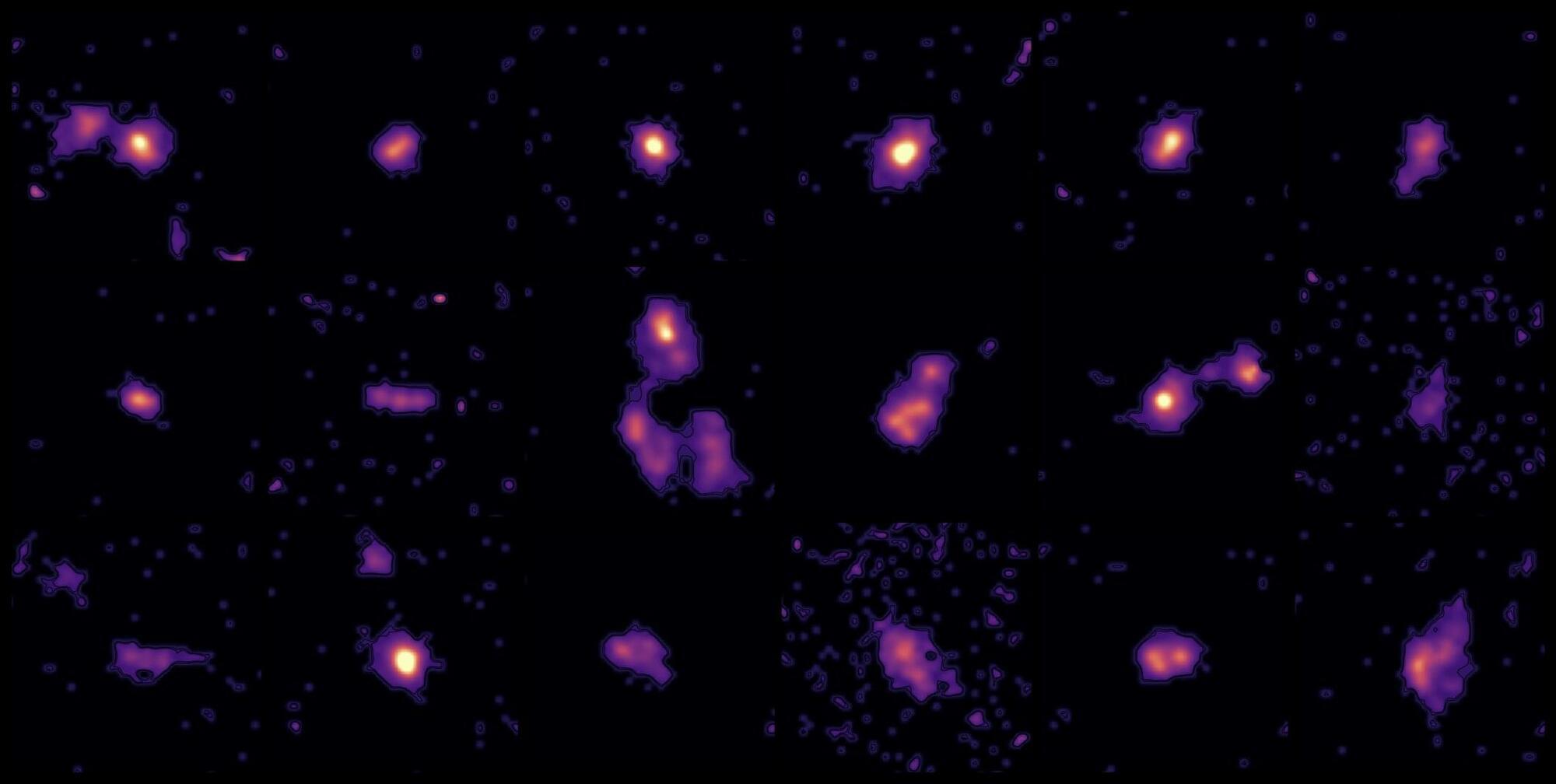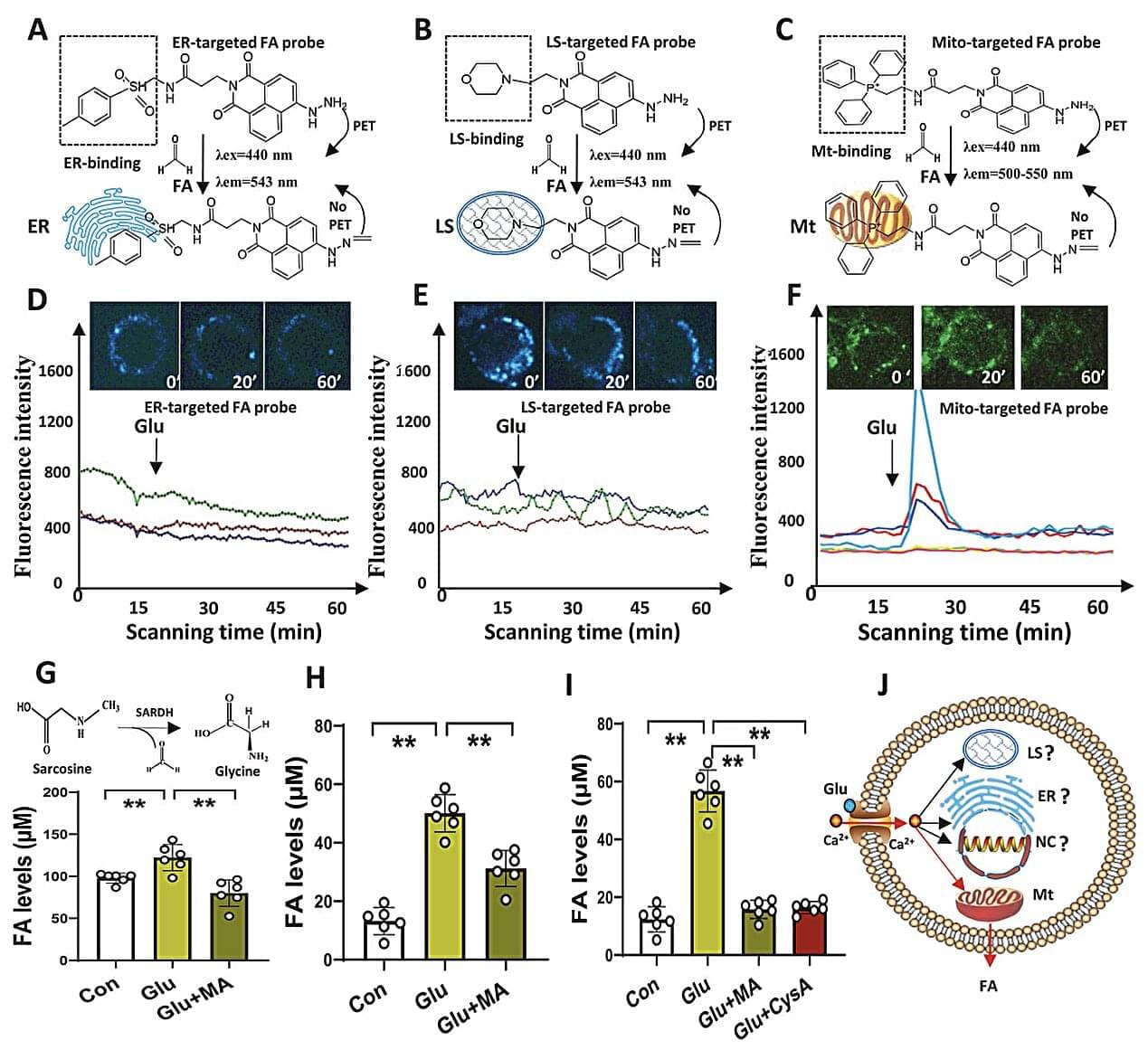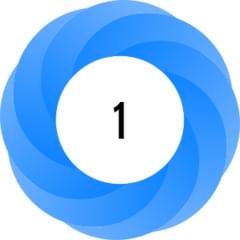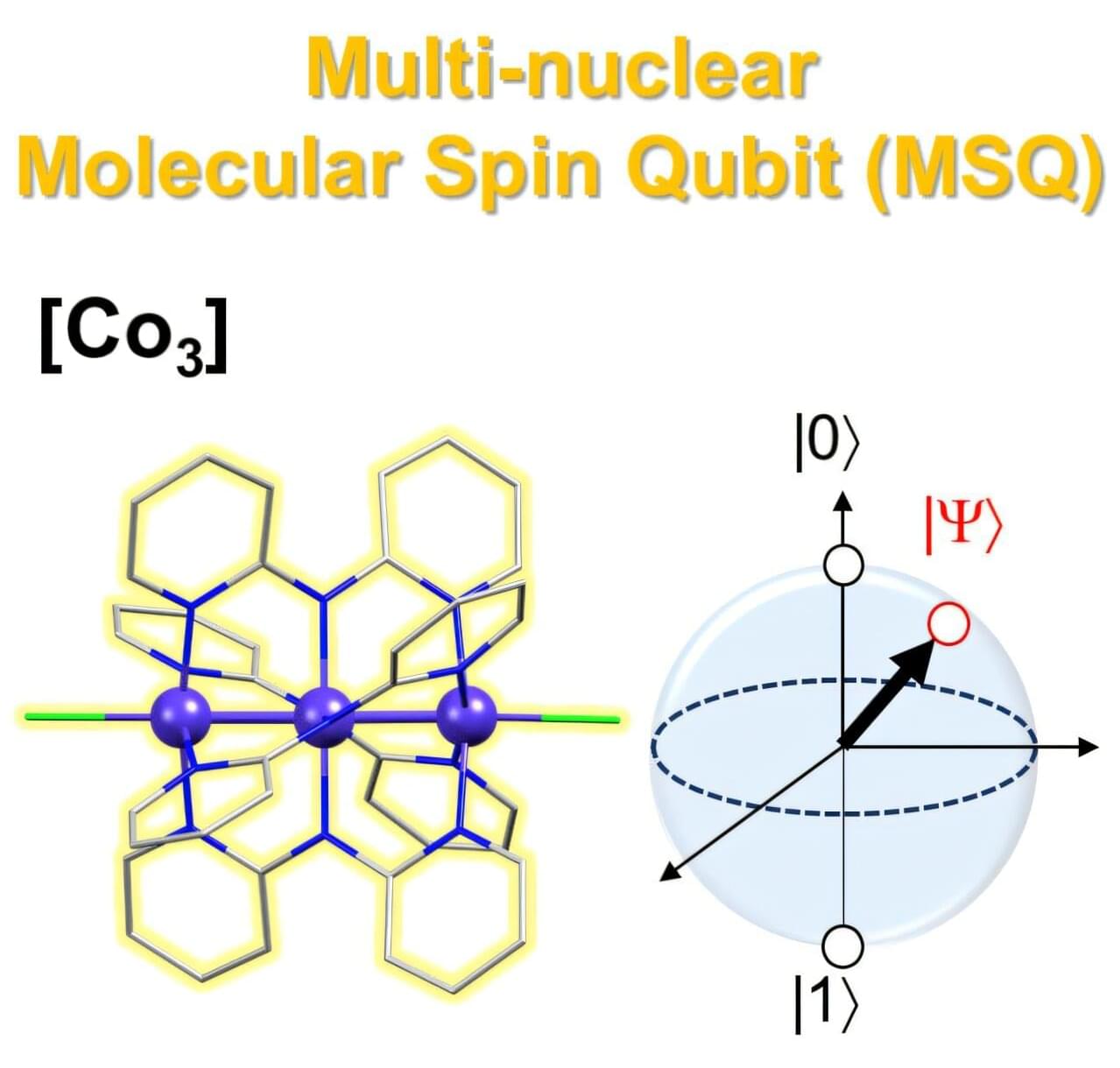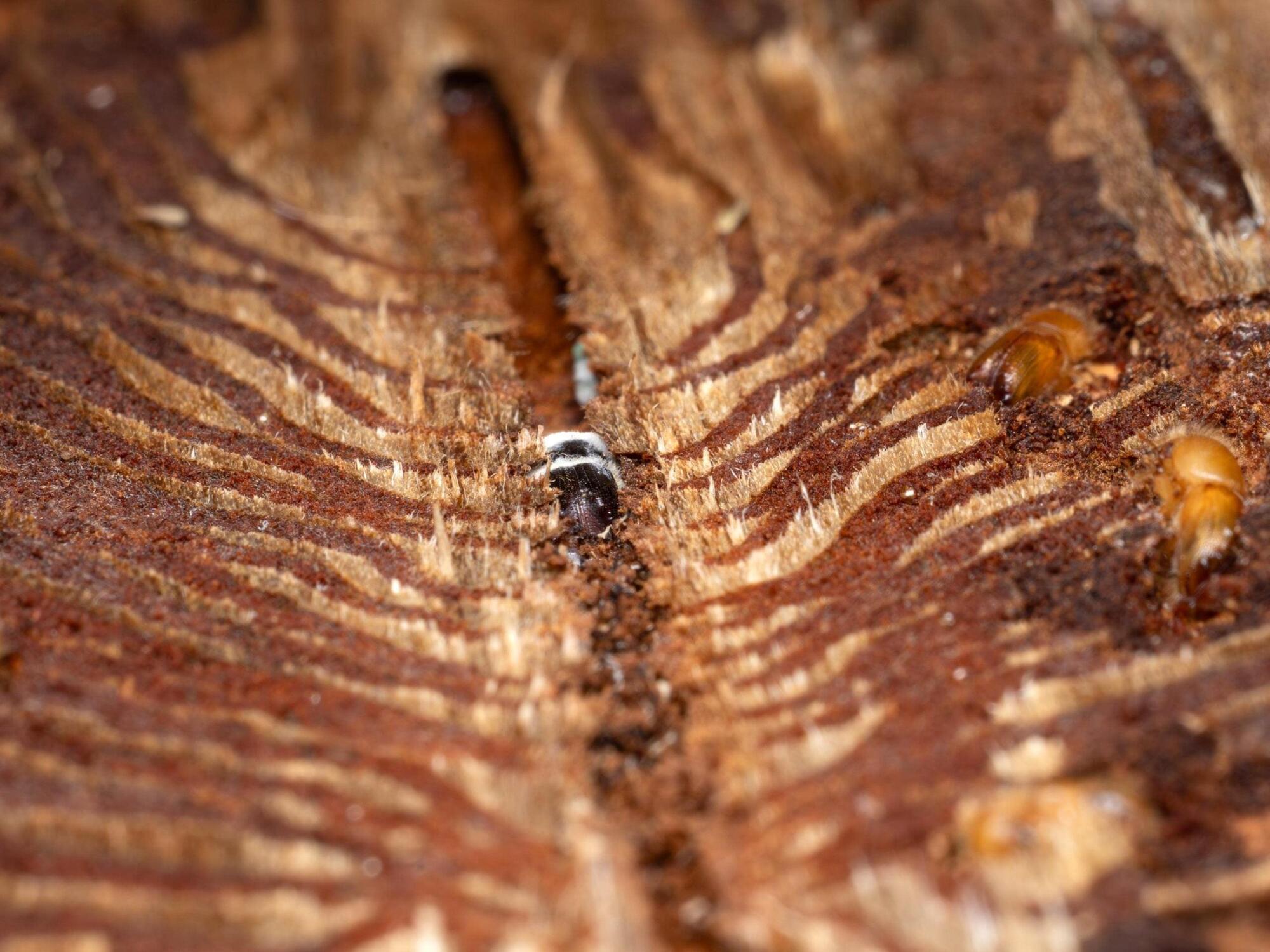Astronomers have captured the most detailed look yet at faraway galaxies at the peak of their youth, an active time when the adolescent galaxies were fervently producing new stars.
The observations focused on 18 galaxies located 12.5 billion light-years away. They were imaged across a range of wavelengths from ultraviolet to radio over the past eight years by a trio of telescopes: NASA’s Hubble Space Telescope; NASA’s James Webb Space Telescope (JWST); and ALMA (Atacama Large Millimeter/submillimeter Array) in Chile, of which the U.S. National Science Foundation National Radio Astronomy Observatory is a partner. Data from other ground-based telescopes were also used to make measurements, such as the total mass of stars in the galaxies.
“With this sample, we are uniquely poised to study galaxy evolution during a key epoch in the universe that has been hard to image until now,” says Andreas Faisst, a staff scientist at IPAC, a science and data center for astronomy at Caltech. “Thanks to these exceptional telescopes, we have spatially resolved these galaxies and can observe the stages of star formation as they were happening and their chemical properties when our universe was less than a billion years old.”
